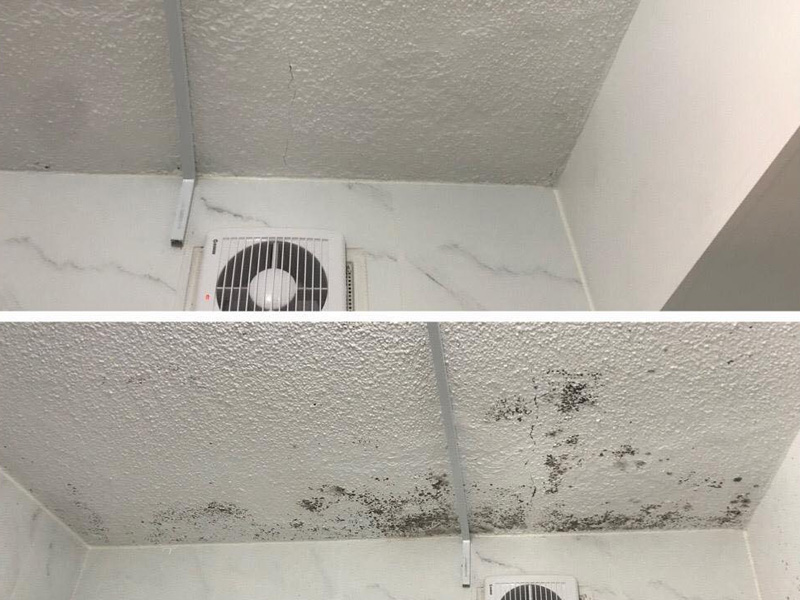Mould is a common problem in households, and it can be harmful to your health if left untreated. There are many types of mould, but in this article, we will discuss 5 of the most common types of household moulds and how to identify them. You can also read our guide here on how to clean up mould in your property.
Alternaria
Alternaria is a common type of mould that can be found both indoors and outdoors. It is typically black or dark green in color and has a velvety texture. Alternaria is often found in damp areas such as bathrooms, kitchens, and basements.
Aspergillus
Aspergillus is a type of mould that can be found in homes with poor ventilation. It can grow on a variety of surfaces, including walls, floors, and ceilings. Aspergillus is typically yellow or green in color and has a fuzzy texture.
Cladosporium
Cladosporium is a type of mould that can be found on both indoor and outdoor surfaces. It is often found in damp areas such as bathrooms, basements, and kitchens. Cladosporium is typically black or green in color and has a powdery texture.
Penicillium
Penicillium is a type of mould that can be found in damp or humid areas such as bathrooms, kitchens, and basements. It is typically blue or green in color and has a fuzzy texture. Penicillium is often found in water-damaged areas such as leaky pipes or roofs.
Stachybotrys
Stachybotrys is a type of mould that is often referred to as “black mould”. It can grow in areas with high humidity, such as bathrooms, kitchens, and basements. Stachybotrys is typically black in color and has a slimy texture. It can be particularly dangerous to your health and should be removed immediately.
How to Identify Household Mould
There are several ways to identify household mould. One of the most common ways is to visually inspect the affected area.
Look for discoloration, stains, or fuzzy or slimy textures on walls, floors, or ceilings. You can also use a mould testing kit to test the air in your home for mould spores.
If you suspect that you have mould in your home, it’s important to address the problem promptly to protect your health and prevent further damage to your home.
Hire a professional mould remediation company to handle the job if the mold covers a large area or is affecting multiple rooms.
Conclusion
Mould is a common problem in households and can be harmful to your health if left untreated. By knowing the common types of household moulds and how to identify them, you can take steps to prevent mould growth and protect your health. If you suspect that you have mould in your home, follow the tips in this article or hire a professional mold remediation company to handle the job.

